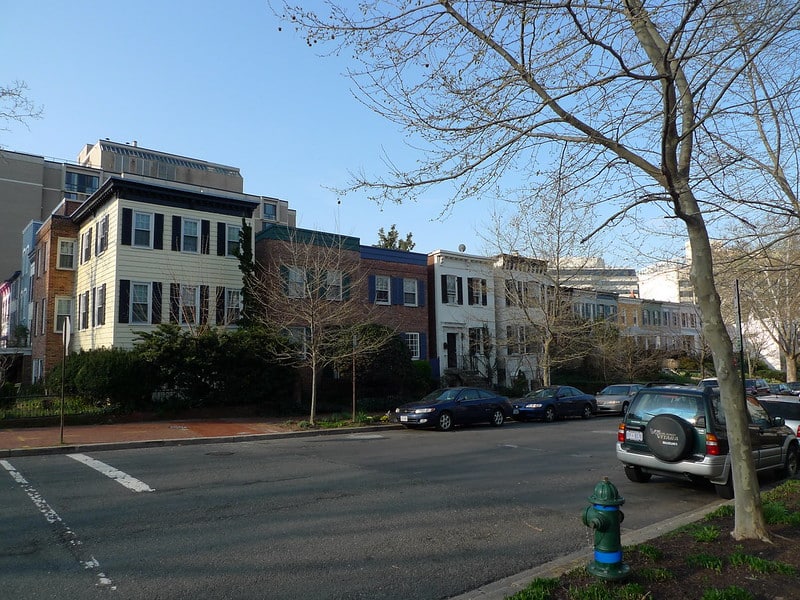The little twin cities of St. Joseph and Benton Harbor—two lakefront localities in southwest Michigan—are divided by a cultural rift far wider than their opposing banks. St. Joseph is 90 percent white and Benton Harbor is 90 percent Black. St. Joe’s average household is of modest means, but is still double that of Benton Harbor. Benton Harbor has long suffered from disinvestment, although Whirlpool Corp. still calls it home to its world headquarters — more on that in a moment.
And of course, there are lingering racial tensions between the two towns that stem from the 1991 unsolved (most likely accidental) death of Eric McGinnis, a Black, 16-year-old Benton Harbor resident, after a night out in St. Joseph.
So, in this context, we’re seeing again the ongoing case of a planned Jack Nicklaus-designed golf course in Benton Harbor, outlined by Kari Lydersen here on Rooflines nearly three years ago. The golf course has all the trappings of a bad deal for Benton Harbor: loss of public park land, Jean Klock Park, that was deeded to the city by the Klock family in 1917 with the purpose to have the land “remain public parkland in perpetuity”; a governing body deemed impotent because of a new law that allows a state-appointed emergency manager to take over most administrative and governing duties for towns that are declared as being in “financial emergencies.”
Benton Harbor is the first municipality in Michigan whose governing body has lost control under the new law.
Last week, Rachel Maddow used the law, and its implementation in Benton Harbor to illustrate what she pointed to as the archetype of Republican big government and how the law would effectively allow Whirlpool’s dream of developing a portion of Klock Park into “Harbor Shores Golf and Beach Club” be fulfilled. I should note, however, that while current Republican Gov. Rick Snyder (replete with the political regalia of so many emboldened GOP governors these days) signed the emergency manager bill into law, it was former Gov. Jennifer Granholm, a Democrat, who approved a state takeover of the city’s finances in 2010.
There’s a lot of history here that Alex Kotlowitz has documented over the years, not so much about this most recent controversy, but on the zeitgeist of Michigan’s so-called twin cities over the years. His 1999 book, The Other Side of the River looks at the two towns in the context of the McGinnis death.
Regarding the golf course and the fate of a significant chunk of Klock Park, residents are, as we might expect, outraged, and this is a story we should watch, as a community with little financial leverage finds itself staring corporate and governmental power right in the face.
—
There are too many cases to name here of gentrification and the lasting effect on communities subjected to outside investment, but I’m reminded of the impact on a neighborhood’s lifeline: the stories and history and their ability to preserve a sense of identity as illustrated in Nancy Biberman’s beautiful Shelterforce piece on the historical revival in the South Bronx.




Comments